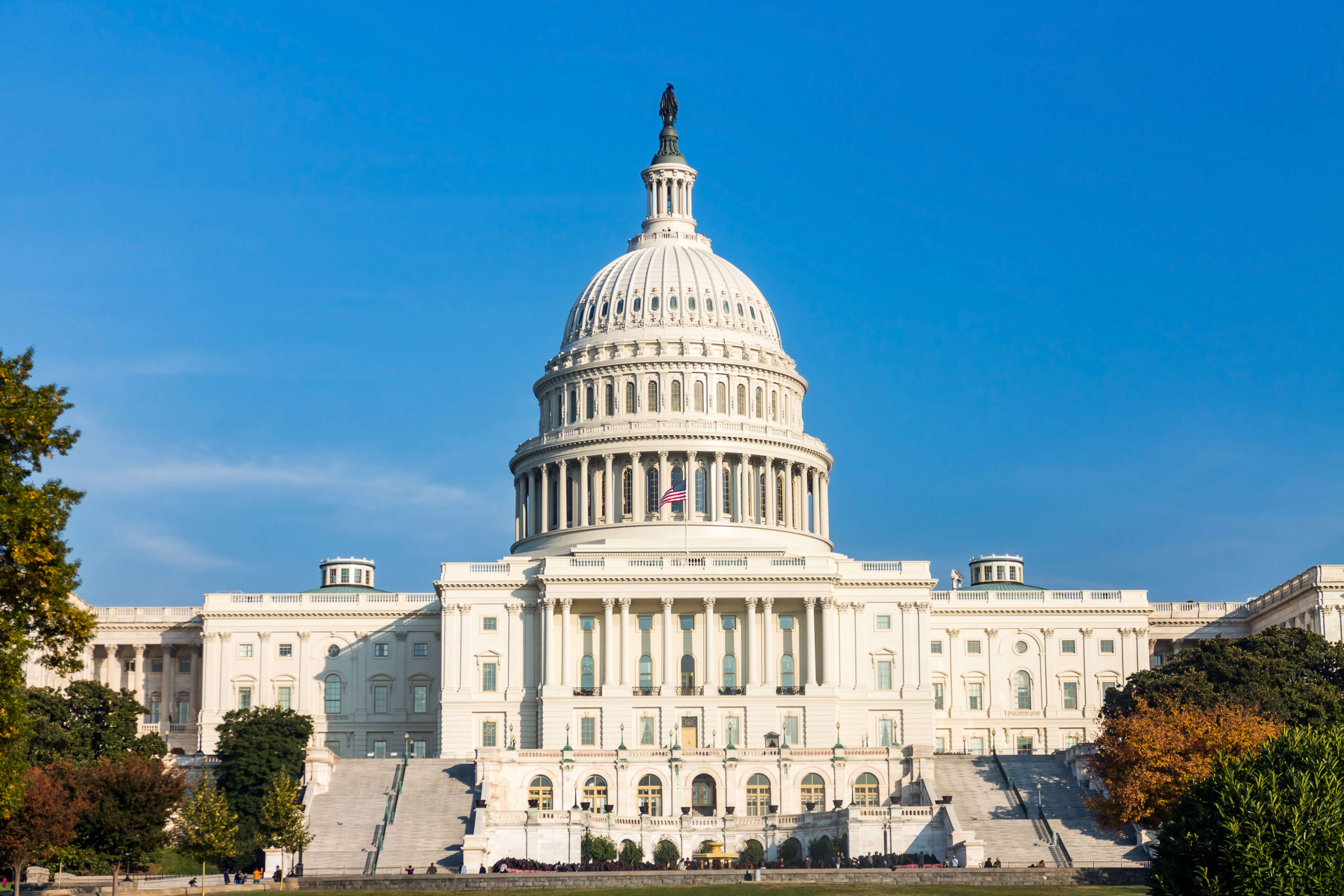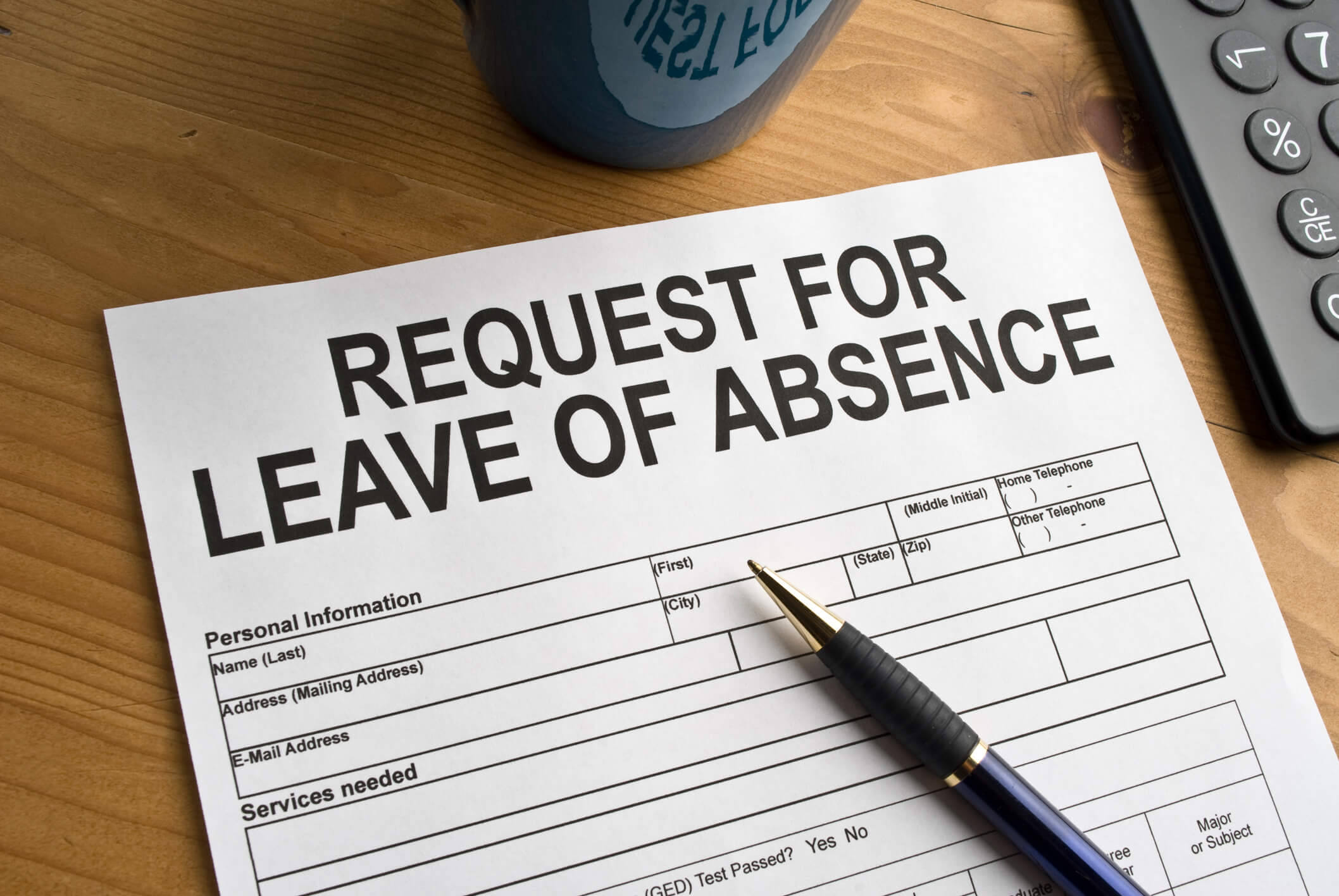The recently passed Pregnant Workers Fairness Act (PWFA), set to go into effect on June 27, 2023, will require employers to provide a reasonable accommodation to workers for known limitations related to pregnancy, childbirth, or related medical conditions. The requirement will apply to employers with 15 or more employees, unless the accommodation would cause the employer an undue hardship. The U.S. Equal Employment Opportunity Commission (EEOC) has provided answers to frequently asked questions (FAQs) on the law, and the PWFA requires the EEOC to also issue regulations to carry out the law. However, the EEOC has not yet indicated when it will do so. Here is a summary of some of the key aspects of the PWFA in anticipation of the new law’s effective date.
What Protections Does the PWFA Provide?
Pregnancy discrimination is already prohibited by the Pregnancy Discrimination Act of 1978 (PDA), which amended Title VII of the Civil Rights Act of 1964. The PDA requires covered employers to treat employees affected by pregnancy, childbirth, or related medical conditions the same as other similar situated employees. Further, the Americans with Disabilities Act of 1990 (ADA) requires employers to provide reasonable accommodations to employees with certain conditions related to pregnancy that qualify as a disability (e.g., gestational diabetes), though many other common pregnancy-related conditions are not covered.
The PWFA seeks to fill in this gap by extending protections similar to those provided under the ADA. Under the act, employers with 15 or more employees will be required to provide reasonable accommodation for “the known limitations related to pregnancy, childbirth and related medical conditions of a qualified employee.” This standard applies — as it does under the ADA — “unless such [a] covered entity can demonstrate that the accommodation would impose an undue hardship on the operation of the business.”
Specifically, the PWFA will prohibit employers from:
- requiring covered employees to “accept an accommodation other than any reasonable accommodation arrived at through the interactive process”;
- denying “employment opportunities” to covered employees “based on the need” to “make reasonable accommodations”;
- requiring covered employees “to take leave, whether paid or unpaid, if another reasonable accommodation can be provided”; and
- taking “adverse action in terms, conditions, or privileges of employment against” covered employees requesting reasonable accommodations;
- retaliating against employees for reporting or opposing unlawful discrimination under the PWFA.
What Qualifies as a Reasonable Accommodation?
The law’s definition of reasonable accommodation is the same as the definition in the ADA, which defines it as a modification or adjustment to a job or the work environment that enables an employee with a disability an equal opportunity to successfully perform a job. This is typically determined by engaging in the interactive process between a covered employee and the employer.
However, the PFWA does not specify the types of reasonable accommodations that may be required. Instead, the act directs the EEOC to issue regulations to “carry out” its provisions that include “examples of reasonable accommodations.” Those regulations are to be issued within one year of the law’s enactment.
In the meantime, recent guidance from the EEOC has provided some idea of what reasonable accommodations are contemplated by the act. In a set of FAQs on the act, the EEOC highlighted examples from the House Committee on Education and Labor Report on the PWFA, including: the ability to sit; ability to drink water; access to closer parking; flexibility in work hours; the provision of “appropriately sized uniforms and safety apparel”; additional break time allowances for bathroom use, eating, or resting; use of leave to recover from childbirth; and excusal from “strenuous activities and/or activities that involve exposure to compounds not safe for pregnancy.”
The EEOC further states that it will begin to “analyze charges regarding accommodations” for affected workers under the PWFA after the act goes into effect on June 27, 2023.
What Conditions Are Covered?
By its terms, the PWFA does not apply to pregnancy itself, but the “known limitations related to pregnancy, childbirth, or related medical conditions.” The law does not specify the types of conditions that will be considered a “known limitation” other than stating that it must be a “physical or mental condition” related to “pregnancy, childbirth, or related conditions” that the employee “has communicated to the employer.” The act explicitly does not tie “known limitations” to the definition of a “disability” under the ADA, meaning the term applies to a broader range of conditions than those covered under the ADA.
Key Takeaways
The PWFA seeks to fill the gap between Title VII and the ADA to ensure that pregnant workers are able to continue in their jobs with reasonable accommodations for physical or mental conditions related to pregnancy and childbirth. Employers will be required to engage in the interactive process to determine a reasonable accommodation similar to the process for employees with disabilities under the ADA. However, the PWFA specifically defines the types of conditions that qualify more broadly than that of a disability under the ADA. In light of this, employers may want to consider taking the following actions in preparation of the PWFA’s effective date:
- reviewing and updating accommodation policies in compliance with the PWFA and applicable state laws;
- training supervisors and the human resources department to understand the requirements of the PWFA and to recognize potential requests for accommodations under the PWFA; and
- analyzing what accommodations employers could potentially provide to pregnant employees for known issues.
Ogletree Deakins will continue to monitor and report on developments with respect to the PWFA and will provide updates on the firm’s Leaves of Absence blog as additional information becomes available. Important information for employers is also available via the firm’s webinar and podcast programs.







